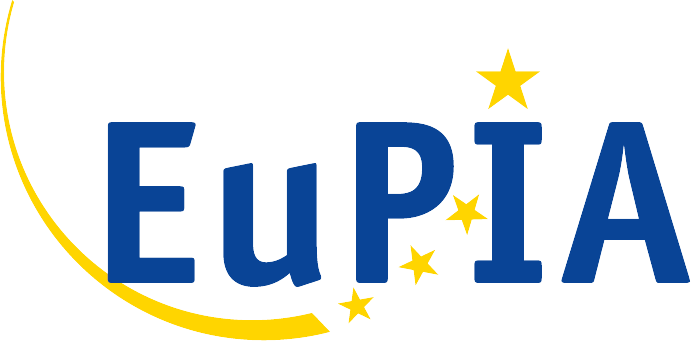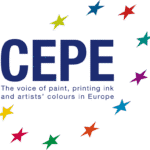Sustainability
Sustainability is key to EuPIA’s and its members’ activities. Product stewardship is the major pillar of their action, delivering safe and efficient products to use on various substrates and with different print processes.
Due to the application process of printing, a very thin layer of ink is laid down on a relatively thicker substrate and as such previous third-party studies have shown that the relative impact of printing inks is negligible versus the overall printed material footprint.
Nevertheless, EuPIA maintains a programme for Life Cycle Assessments (LCA) conducted by its umbrella organisation CEPE (European Council of the Paint, Printing Ink and Artists’ Colours Industry) to gather its own viewpoint on the LCA of printing inks. Our members have alo received guidance and tools how to calculate their footprint.
Lubricants made of rapeseed oil, building materials made of wood, packaging materials made of starch or detergents made of sugar … these are just some examples of how renewable raw materials conquer industrially manufactured products.
Also in printing inks their number has been constantly increasing.
The terms bio-inks, biodegradable inks and compostable inks are often misunderstood and incorrectly use. EUPIA provides its perspective.

